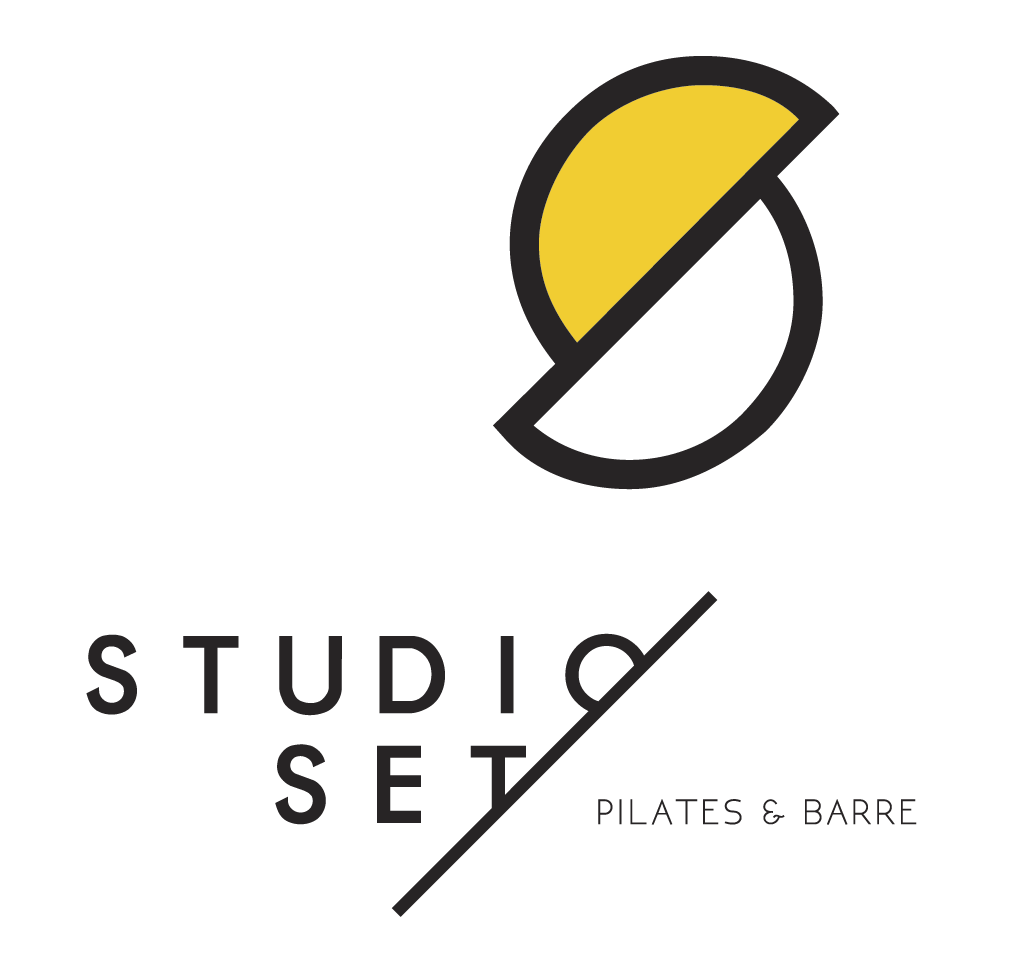What is Pilates?
P
i
l
a
t
e
s
i
s
a
g
e
n
t
l
e
,
p
r
o
f
o
u
n
d
,
a
n
d
i
n
c
r
e
d
i
b
l
y
e
f
f
e
c
t
i
v
e
t
r
a
i
n
i
n
g
m
e
t
h
o
d
t
h
a
t
p
l
a
c
e
s
b
o
d
y
a
w
a
r
e
n
e
s
s
a
n
d
m
o
v
e
m
e
n
t
q
u
a
l
i
t
y
a
t
t
h
e
h
e
a
r
t
o
f
e
v
e
r
y
e
x
e
r
c
i
s
e
.
I
t
w
a
s
c
r
e
a
t
e
d
i
n
t
h
e
1
9
2
0
s
b
y
J
o
s
e
p
h
P
i
l
a
t
e
s
,
a
G
e
r
m
a
n
m
a
n
w
i
t
h
a
p
a
s
s
i
o
n
f
o
r
m
o
v
e
m
e
n
t
,
h
e
a
l
t
h
,
a
n
d
p
h
y
s
i
c
a
l
r
e
h
a
b
i
l
i
t
a
t
i
o
n
.
What is Pilates?
A fragile child suffering from asthma and rickets, Joseph Pilates turned to sports at an early age: boxing, martial arts, gymnastics, skiing… His conviction: movement is a powerful tool for physical and mental health. He developed a method he called “Contrology,” in reference to the importance of mind control over the body. During the First World War, while working with wounded soldiers, he imagined a system of springs attached to hospital beds, allowing patients to exercise while remaining lying down. This concept would give rise to one of the most emblematic devices of modern Pilates: the Reformer. Arriving in New York in the 1920s, Joseph Pilates opened a studio with his wife Clara. Very quickly, his method attracted dancers and movement artists, looking for an effective, balancing, and non-traumatic workout for the joints.
A complete method, based on six principles
Pilates focuses on deep stabilizing muscles, particularly those in the core of the body: abdominals, pelvic floor, and back muscles. By cultivating quality over quantity, the method develops strength, posture, flexibility, and balance—without sudden movements or impact. Each movement is based on six key fundamental principles: Concentration, Control, Centering, Precision, Fluidity, and Breathing.
The benefits of Pilates
- A more aligned and balanced posture
- Better joint mobility, especially in the spine
- Deep strengthening of the abdominal strap, back and pelvic floor
- Improved fluidity and coordination
- A more present body-mind connection, thanks to conscious breathing
- Better stress management and greater mental clarity
- A reduction in tension and pain (back, shoulders, hips, knees, neck)
- Prevention and rehabilitation of injuries related to muscular imbalances
- Improved blood circulation and respiratory capacity
